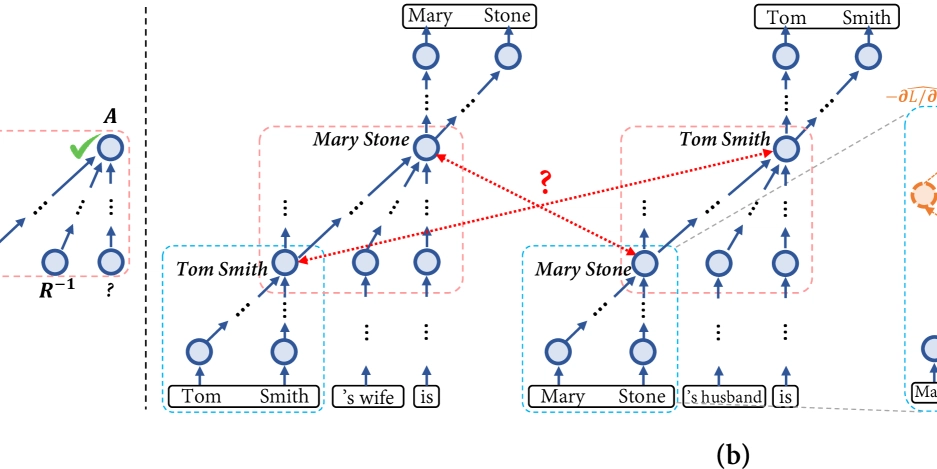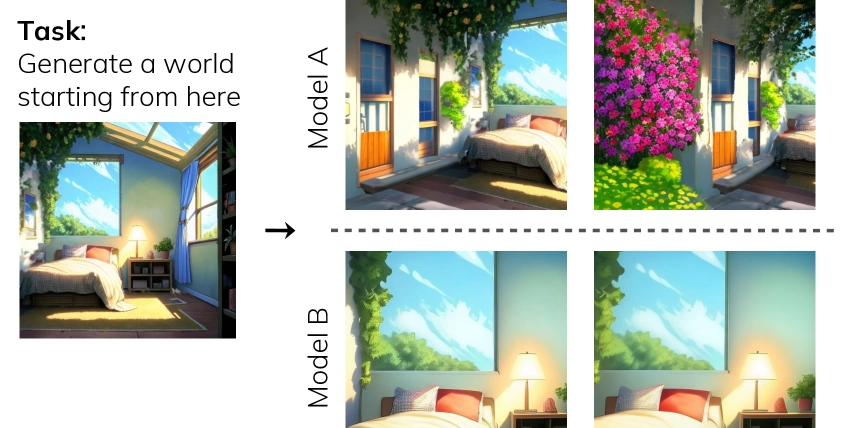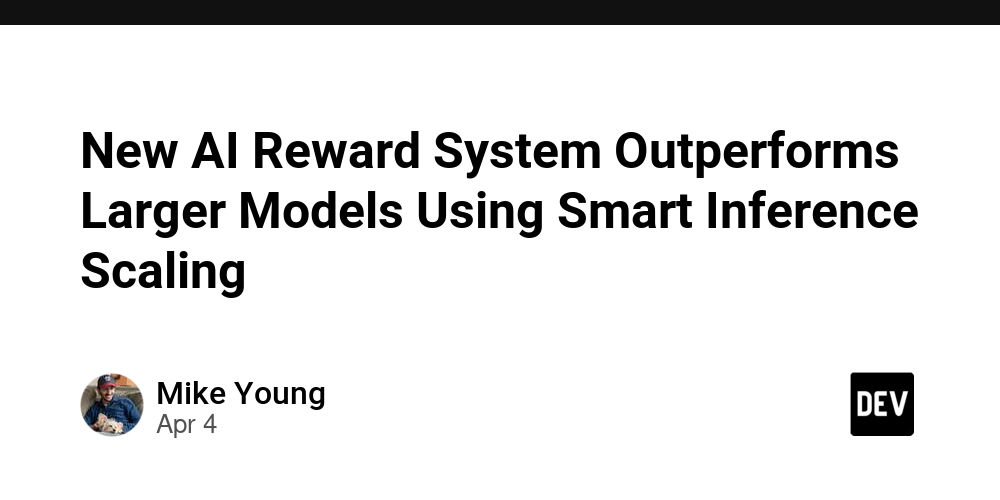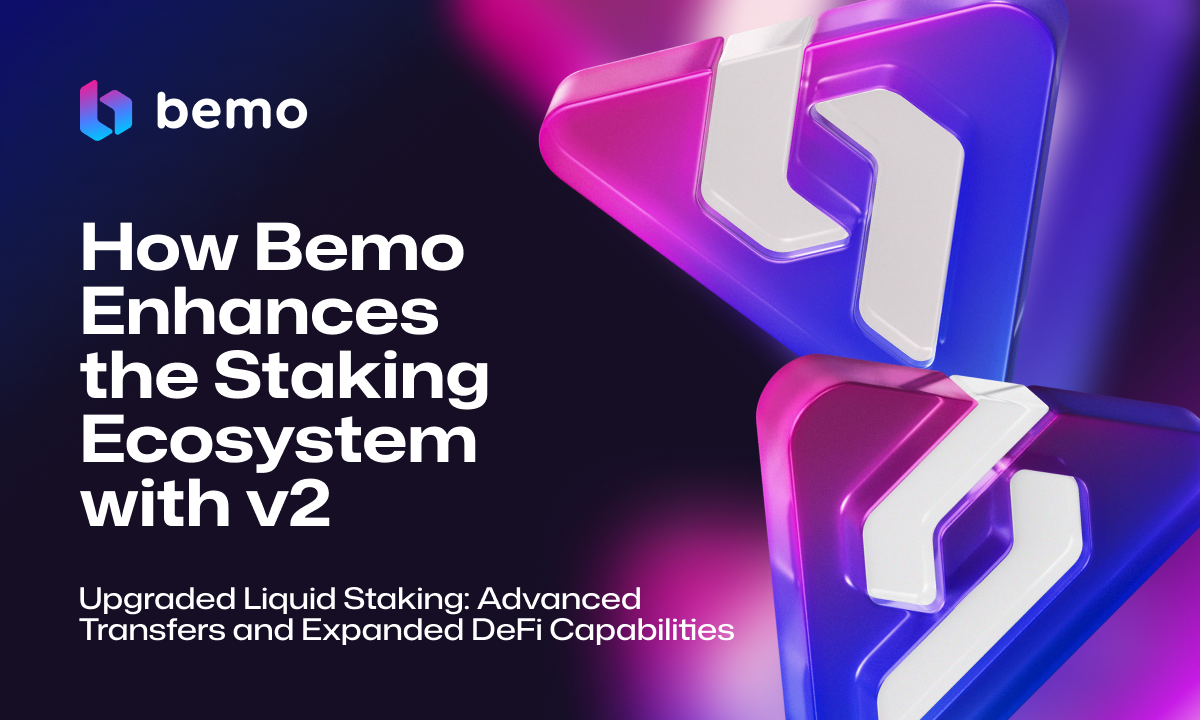Optimizing Retrieval-Augmented Generation (RAG) for Large Language Models
Introduction Retrieval-Augmented Generation (RAG) has emerged as a powerful paradigm for enhancing the capabilities of Large Language Models (LLMs) by combining information retrieval with generative text generation. Unlike standalone LLMs that rely purely on pre-trained knowledge, RAG dynamically retrieves relevant information from external sources before generating responses, making it particularly useful for tasks requiring up-to-date or domain-specific knowledge. However, deploying RAG efficiently at scale presents several challenges, including latency, retrieval relevance, and computational costs. In this article, we explore key optimization techniques to improve RAG's performance without compromising output quality. Understanding RAG: Components & Workflow RAG consists of two primary components: Retriever: Fetches relevant documents from a knowledge base or vector database based on an input query. Generator: Uses an LLM to generate a response, conditioned on the retrieved documents. The standard workflow: A query is passed to the retriever. The retriever selects the most relevant documents. The retrieved documents and query are fed into the generator. The generator produces a final response. Challenges in RAG Optimization 1. Latency Bottlenecks Delays in document retrieval. High inference time for large LLMs. 2. Retrieval Relevance Mismatch between query and retrieved documents. Over-reliance on keyword-based retrieval instead of semantic similarity. 3. Computational Overhead Redundant processing of irrelevant documents. Inefficient memory utilization in retrieval and generation phases. Optimization Techniques for RAG 1. Efficient Vector Retrieval with FAISS or Annoy Traditional retrieval mechanisms can be slow, especially with large-scale corpora. Using approximate nearest neighbor (ANN) search algorithms like FAISS (Facebook AI Similarity Search) or Annoy (Approximate Nearest Neighbors Oh Yeah) can significantly speed up retrieval. Best Practices: Use Hierarchical Navigable Small World (HNSW) indexing for faster lookups. Apply IVF-PQ (Inverted File with Product Quantization) in FAISS for efficient memory management. Optimize query embeddings by reducing dimensionality (e.g., using PCA). 2. Hybrid Retrieval (Dense + Sparse Representations) A combination of BM25 (sparse retrieval) and Dense Vector Search (BERT embeddings) can improve retrieval relevance. Sparse retrieval (e.g., BM25) excels in handling keyword-based queries, while dense retrieval (e.g., Sentence Transformers) captures semantic meaning. Implementation Tip: Compute BM25 + dense similarity scores and re-rank retrieved documents accordingly. Leverage colBERT (Contextualized Late Interaction over BERT) for improved re-ranking performance. 3. Context Window Optimization LLMs have a fixed token limit (e.g., 4K, 8K, or 32K tokens in models like GPT-4). Overloading the context with too many retrieved documents can lead to loss of relevant information and increased computational cost. Techniques: Dynamic Context Pruning: Select only the most relevant sentences instead of full documents. Adaptive Windowing: Adjust the number of retrieved documents based on query complexity. Recursive Summarization: Preprocess documents by summarizing long passages before retrieval. 4. Caching Mechanisms for Faster Inference To reduce redundant computation, caching intermediate retrieval and generation results is crucial. Approaches: Query Embedding Caching: Store embeddings of frequently queried terms to avoid recomputation. Response Caching: If a similar query was processed before, reuse the response instead of generating it again. Attention Key-Value Caching: Reduce inference time by caching past key-value pairs in transformer models. 5. Fine-Tuning LLMs for RAG-Specific Tasks While general-purpose LLMs are powerful, fine-tuning them for domain-specific knowledge retrieval enhances accuracy. Fine-Tuning Methods: Supervised Fine-Tuning: Train the LLM on a dataset of queries and corresponding expected retrievals. Contrastive Learning for Better Retrieval: Use techniques like InfoNCE loss to make the retriever more sensitive to relevant passages. Instruction Fine-Tuning: Train LLMs on prompts designed specifically for RAG workflows. 6. Multi-Query Expansion for Robust Retrieval Single-query retrieval may not capture all aspects of a user’s intent. Multi-query expansion generates multiple variations of the same query to improve recall. Methods: Paraphrase Augmentation: Generate alternative query forms using a small LLM. Synonym Injection: Add synonyms or related terms to expand the search space. Cluster-Based Query Expansion: Retrieve similar past queries and merge insights. Performance Benchmarking and Evaluation After implementing these optimizations, evaluating their impact is critical. Metrics include: Retrieval Precision & Recall: Measures how many retrieved documents are truly relevant. Latency M

Introduction
Retrieval-Augmented Generation (RAG) has emerged as a powerful paradigm for enhancing the capabilities of Large Language Models (LLMs) by combining information retrieval with generative text generation. Unlike standalone LLMs that rely purely on pre-trained knowledge, RAG dynamically retrieves relevant information from external sources before generating responses, making it particularly useful for tasks requiring up-to-date or domain-specific knowledge.
However, deploying RAG efficiently at scale presents several challenges, including latency, retrieval relevance, and computational costs. In this article, we explore key optimization techniques to improve RAG's performance without compromising output quality.
Understanding RAG: Components & Workflow
RAG consists of two primary components:
Retriever: Fetches relevant documents from a knowledge base or vector database based on an input query.
Generator: Uses an LLM to generate a response, conditioned on the retrieved documents.
The standard workflow:
- A query is passed to the retriever.
- The retriever selects the most relevant documents.
- The retrieved documents and query are fed into the generator.
- The generator produces a final response.
Challenges in RAG Optimization
1. Latency Bottlenecks
- Delays in document retrieval.
- High inference time for large LLMs.
2. Retrieval Relevance
- Mismatch between query and retrieved documents.
- Over-reliance on keyword-based retrieval instead of semantic similarity.
3. Computational Overhead
- Redundant processing of irrelevant documents.
- Inefficient memory utilization in retrieval and generation phases.
Optimization Techniques for RAG
1. Efficient Vector Retrieval with FAISS or Annoy
Traditional retrieval mechanisms can be slow, especially with large-scale corpora. Using approximate nearest neighbor (ANN) search algorithms like FAISS (Facebook AI Similarity Search) or Annoy (Approximate Nearest Neighbors Oh Yeah) can significantly speed up retrieval.
Best Practices:
- Use Hierarchical Navigable Small World (HNSW) indexing for faster lookups.
- Apply IVF-PQ (Inverted File with Product Quantization) in FAISS for efficient memory management.
- Optimize query embeddings by reducing dimensionality (e.g., using PCA).
2. Hybrid Retrieval (Dense + Sparse Representations)
A combination of BM25 (sparse retrieval) and Dense Vector Search (BERT embeddings) can improve retrieval relevance. Sparse retrieval (e.g., BM25) excels in handling keyword-based queries, while dense retrieval (e.g., Sentence Transformers) captures semantic meaning.
Implementation Tip:
- Compute BM25 + dense similarity scores and re-rank retrieved documents accordingly.
- Leverage colBERT (Contextualized Late Interaction over BERT) for improved re-ranking performance.
3. Context Window Optimization
LLMs have a fixed token limit (e.g., 4K, 8K, or 32K tokens in models like GPT-4). Overloading the context with too many retrieved documents can lead to loss of relevant information and increased computational cost.
Techniques:
- Dynamic Context Pruning: Select only the most relevant sentences instead of full documents.
- Adaptive Windowing: Adjust the number of retrieved documents based on query complexity.
- Recursive Summarization: Preprocess documents by summarizing long passages before retrieval.
4. Caching Mechanisms for Faster Inference
To reduce redundant computation, caching intermediate retrieval and generation results is crucial.
Approaches:
- Query Embedding Caching: Store embeddings of frequently queried terms to avoid recomputation.
- Response Caching: If a similar query was processed before, reuse the response instead of generating it again.
- Attention Key-Value Caching: Reduce inference time by caching past key-value pairs in transformer models.
5. Fine-Tuning LLMs for RAG-Specific Tasks
While general-purpose LLMs are powerful, fine-tuning them for domain-specific knowledge retrieval enhances accuracy.
Fine-Tuning Methods:
- Supervised Fine-Tuning: Train the LLM on a dataset of queries and corresponding expected retrievals.
- Contrastive Learning for Better Retrieval: Use techniques like InfoNCE loss to make the retriever more sensitive to relevant passages.
- Instruction Fine-Tuning: Train LLMs on prompts designed specifically for RAG workflows.
6. Multi-Query Expansion for Robust Retrieval
Single-query retrieval may not capture all aspects of a user’s intent. Multi-query expansion generates multiple variations of the same query to improve recall.
Methods:
- Paraphrase Augmentation: Generate alternative query forms using a small LLM.
- Synonym Injection: Add synonyms or related terms to expand the search space.
- Cluster-Based Query Expansion: Retrieve similar past queries and merge insights.
Performance Benchmarking and Evaluation
After implementing these optimizations, evaluating their impact is critical. Metrics include:
- Retrieval Precision & Recall: Measures how many retrieved documents are truly relevant.
- Latency Metrics: Tracks the time taken for retrieval and generation phases.
- Perplexity Reduction: Measures the uncertainty in model-generated outputs.
- Token Efficiency: Tracks how effectively tokens are utilized within the LLM’s context window.
- Tools like MLflow, Weights & Biases, and LangChain’s Evaluation Suite can help automate these evaluations.
Conclusion
Optimizing RAG involves improvements at multiple levels—retrieval efficiency, query expansion, caching, and LLM fine-tuning. By implementing these techniques, organizations can build high-performance RAG systems capable of handling large-scale knowledge-intensive tasks while minimizing computational costs.










































































































































































![[The AI Show Episode 142]: ChatGPT’s New Image Generator, Studio Ghibli Craze and Backlash, Gemini 2.5, OpenAI Academy, 4o Updates, Vibe Marketing & xAI Acquires X](https://www.marketingaiinstitute.com/hubfs/ep%20142%20cover.png)














































































































































































































































.jpg?#)















































































































































![YouTube Announces New Creation Tools for Shorts [Video]](https://www.iclarified.com/images/news/96923/96923/96923-640.jpg)

![Apple Faces New Tariffs but Has Options to Soften the Blow [Kuo]](https://www.iclarified.com/images/news/96921/96921/96921-640.jpg)
































































































































